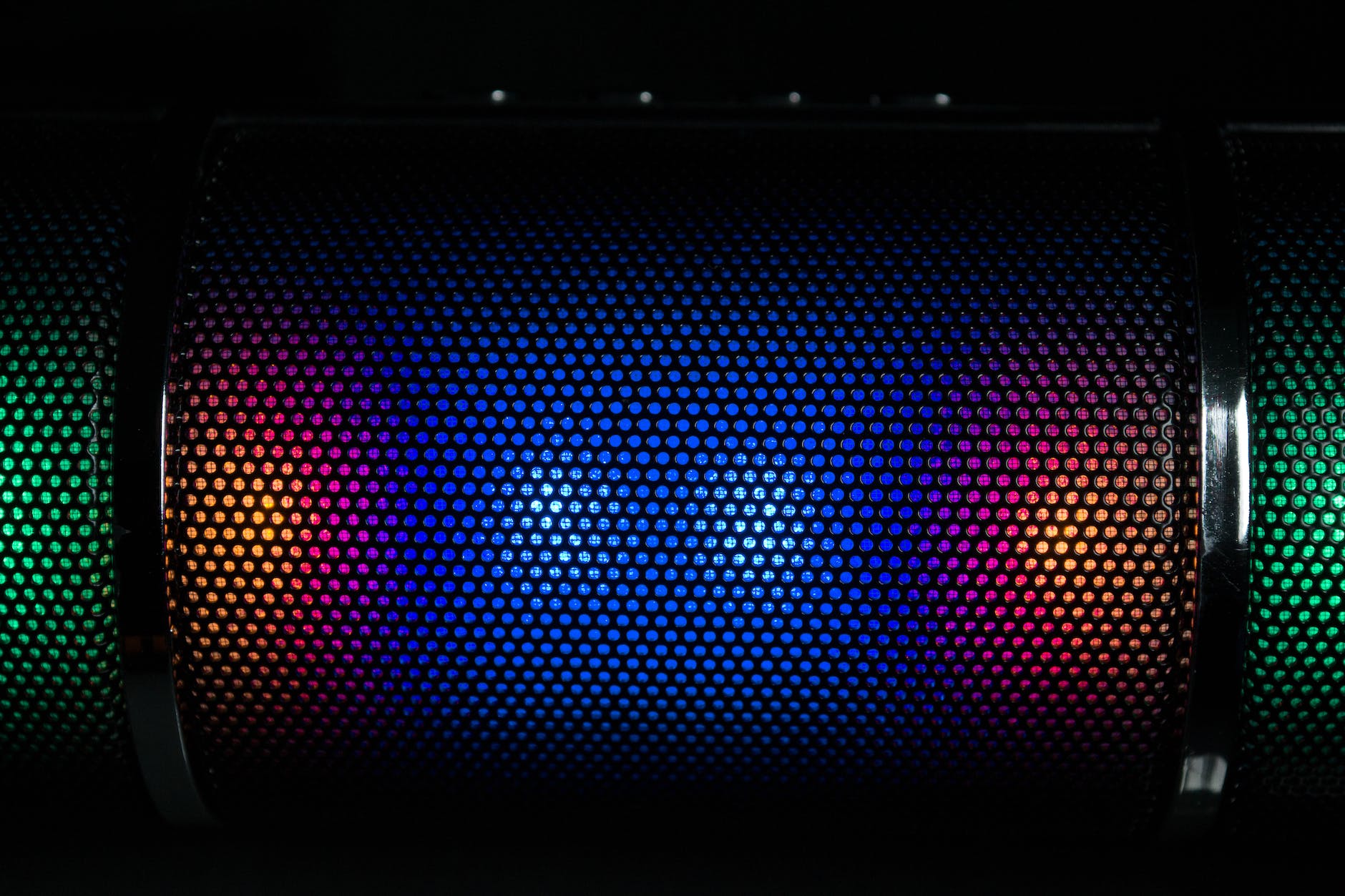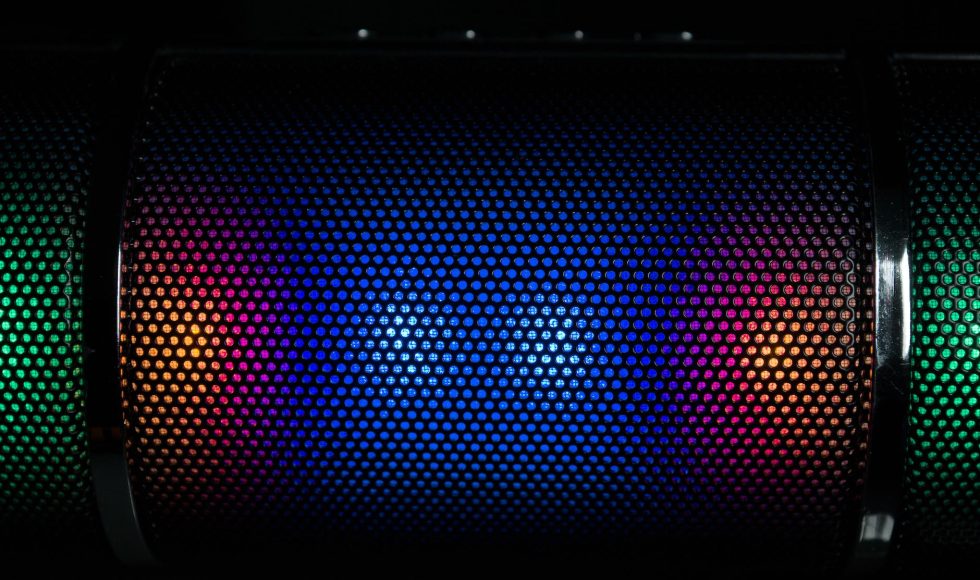Austin Compton is a Technical Applications Specialist at Oxford Nanopore Technologies and presented a masterclass at NCM 2022. We’ve used the MinION but I don’t know as much about the PromethION and Flongle. Compton shared a slide that indicated that the Flongle flow cells have 126 pores, MinION flow cells have 512, and PromethION flow cells have 2,676 pores. However, output depends on the kit and input DNA quality. The MinION flow, Compton explained, can produce between 10-30 Gb native DNA reads with read N50 ~25 kb or 10-20 Gb ultra-long native DNA reads with >50 kb read N50. Compton did mention that the flow cells can be washed and re-used for multiple successive libraries with the Flow Cell Wash Kit. The “lower yield more affordable (Flongle) flow cells” use a smaller volume of libraries and can produce 1-2 Gb native DNA reads with read N50 of ~25 kb. The applications of the Flongle flow cells listed by Compton included sequencing plasmids and smaller viral and bacterial genomes. My hope is to use the VolTRAX to prepare libraries for the Flongle, for example. The Flongle and MinION flow cells are compatible with the MinION, MinION Mk1C, and the GridION. Base calling can be performed during the run or after. The Mk1C has a tough screen and an ARM 6-core compute module and 1 Tb solid-state drive. The GridION can run up to five MinION or Flongle flow cells. The GridION does have high-end compute: V100 GPU and 64 Gb RAM and 4 Tb SSD.
Compton explained that the PromethION flow cells produce 100-200 Gb native gDNA reads with read N50 ~25 kb. The PromethION flow cells can be used on the PromethION 2 devices: the solo that needs a computer and the PromethION 2 P2 that contains “everything necessary for operation and sequencing, just add power and internet.” The PromethION 24 and PromethION 48 can sequence up to 24 or 48 PromethION flow cells, respectively. These devices have A100 data acquisition units and can be accommodated on desktops, according to Compton.
Adaptive sampling was the next topic Compton discussed. Adaptive sampling allows for the enrichment/depletion of regions of interest during sequencing. This feature is awesome, and I want to use it soon! It is software-based enrichment that has “no limit to read-length or target number.” Compton mentioned a pre-print that I want to read: researchers used adaptive sampling to do “an ultra-sensitive pathogen and antimicrobial resistance detection workflow” using metagenomic samples. This approach allows for adaptive sampling and host depletion! The authors identified resistance genes and taxonomy in under four hours.
Compton explained that sample type and genome or target region will influence sequencing approach used. They indicated that the MinION can be used for surveillance and metagenomic analysis. The GridION can use Flongle or MinION flow cells. The example listed was library QC on a Flongle flow cell and sequencing of cancer target regions with adaptive sampling. The PromethION was described as a tool for larger projects including plant genome assembly and transcriptomics. Compton ended by reminding the audience that flow cells can be recycled. I am slowly figuring out how to recycle flow cells, and I appreciate the service.
Vanessa Michael did the next masterclass and described how to load a Flongle flow cell. Michael explained that the Flongle flow cell requires a reusable adapter, but the flow cell itself is disposable. I have tried loading the Flongle flow cells a couple of times… and still need help identifying parts! The new Flongle has clear plastic to improve visibility of the fluid, an issue I struggled with the first time I loaded a Flongle! They also updated the sample loading port to improve “self-location of tip improving ease of use,” though I wonder if that includes ease of loading! There is also a visual indicator to help users know when the waste channel is nearly full. The Flongle, Michael carefully noted, produces between 1-2 Gb of data. The first step they mentioned was plugging the MinION into the computer. Next, the adapter is clipped into the MinION, and the Flongle flow cell is clipped in and clicked into position. The sticker that is covering the loading port is removed in “one swift motion” toward the lid. Using a P200 set to 120 uL, flush buffer is added to the flow cell. Michael used the tip to find the port, click the tip into place, and dispense liquid into the flow cell. To load the sample, the P200 is set to 30 uL. The loading beads can be mixed with the pipette. As with the flush buffer, Michael emphasized avoiding bubbles. They introduced the sample in one steady motion and left just a tiny amount of liquid in the tip. To seal the flow cell, the tape sticker was lifted and dabbed instead of rubbing and then the two dots are put over the waste ports to prevent drying. The lid should be left closed to “help with thermoregulation.” Michael also loaded a MinION flow cell highlighting the flushing and priming and loading. Again, avoiding air bubbles or removing too much storage buffer and exposing the pores to air were emphasized. The third flow cell loading demo was for a PromethION flow cell, which is smaller than a MinION flow cell. The last part of the demo was with the Flongle loading demo kits that Oxford Nanopore sent to some lucky users.



